Sitting with sadness
Introduction to Shadow Work - Part 7
Thanks for being here. This is the seventh lesson in your free Introduction to Shadow Work course. If you have landed here without reading the previous lessons, I recommend you start from the beginning. Subscribe below, and I’ll send you links to all the lessons in the course.
When was the last time you let yourself really cry? Not the frustrated tears when you're overwhelmed, but deep, soul-cleansing grief that leaves you feeling empty and somehow lighter?
If you're like many people, especially men, you probably can't remember. We live in a culture that's terrified of sadness. We're told to "look on the bright side," "don't cry over spilt milk," and "just think positive."
We medicate it, distract from it, and do everything possible to avoid it. Only facing our sadness head-on and allowing it to move through us and be expressed brings us the healing we need.
Sadness might be the most essential emotion you're not feeling.
Let me tell you about three people who discovered the power of their unfelt grief:
Calum is 42 and has been in therapy for anxiety and depression for years. Nothing seemed to help until his therapist asked him about his childhood dog, Max, who died when David was 8. David brushed it off - "It was just a dog" - but his therapist persisted. When David finally let himself grieve Max properly, thirty-four years later, something profound shifted. The depression that had clouded his life began to lift. He realised he'd been carrying decades of unprocessed grief, not just about Max, but about love, care and support he didn’t receive as a child.
Alex built her identity around being "the strong one." When her mother died three years ago, she organised the funeral, supported her siblings, and went back to work within a week. "Someone has to hold it together," she said. But her body started falling apart - chronic fatigue, autoimmune issues, insomnia. It wasn't until she finally collapsed sobbing in her car one day that she realised: her grief hadn't disappeared because she had ignored it. It had just moved into her body and was slowly destroying her from the inside.
Ross ended a 10-year relationship two years ago but insisted he was "fine" and "better off without her." He threw himself into work, started dating immediately, and kept busy. But he couldn't understand why he felt so numb, why nothing brought him joy anymore. When he finally let himself feel the devastation of losing his life partner, the numbness began to thaw. Allowing the sadness didn't make him weak - it brought him back to life.
The part of you that carries sadness
We all have parts that hold our grief. They hold the losses that were too big to feel, the endings that happened too fast, the goodbyes we never got to say. These parts often get exiled because sadness feels too overwhelming, inconvenient, or threatening to our functioning.
Your grief-carrying parts might hold:
Childhood losses that nobody helped you process
Dreams that died and were never mourned
Relationships that ended without proper closure
Parts of yourself you had to give up to survive
The childhood you never got to have
Losses that happened to your community or the world
Grief is the price we pay for love. But unexpressed grief is the price we pay for not living fully.
These grief-carrying often hold wisdom about what really matters, what you've lost, and what you need to feel complete.
Why we avoid sadness
Our culture treats sadness like a problem to be solved rather than an experience to be felt. We learned to avoid it through messages like:
"Don't cry or I'll give you something to cry about."
"Big boys/girls don't cry."
"You're being too sensitive."
"Just get over it."
"Focus on the positive."
We also avoid sadness because:
It feels endless: When we haven't felt grief properly, it seems like if we start crying, we'll never stop
It feels selfish: We think our pain isn't valid compared to others' suffering
It feels weak: We've been taught that sadness equals weakness or failure
It feels scary: Grief connects us to our vulnerability and mortality
It feels inconvenient: There's no time for feelings in our busy, productive lives
Avoiding sadness doesn't make it go away. It just makes it underground, where it leaks into everything.
How unfelt sadness shows up
When we don't process grief, it doesn't disappear. It manifests in other ways:
Physical symptoms: Chronic fatigue, headaches, digestive issues, autoimmune problems, tension in chest or throat
Emotional numbness: Feeling disconnected from joy, love, or any strong emotions
Depression: A chronic low-level sadness that never gets fully expressed
Anxiety: Grief often masquerades as anxiety about future losses
Anger: Sometimes rage is sadness with a protective shell around it
Addictive behaviours: Using substances, work, shopping, or relationships to avoid feeling
Relationship issues: Being unable to be fully present because you're protecting against future loss
The gifts hidden in sadness
When you let yourself feel grief fully, you discover:
Deeper capacity for joy: You can't selectively numb emotions. When you shut down sadness, you shut down joy too. Processing grief reopens your capacity for the full spectrum of feeling.
Authentic connection: Shared vulnerability creates the deepest bonds. When you can be real about your pain, you invite others to be real too.
Clarity about values: Grief teaches you what really matters. Loss shows you what you truly love.
Compassion: Your own pain opens your heart to others' suffering. Healed grief becomes wisdom and empathy.
Aliveness: Feeling deeply - even painful feelings - makes you feel vibrantly alive rather than numbly surviving.
How to sit with sadness safely
If you've been avoiding sadness for years, the thought of feeling it might be terrifying. Here's how to approach it gently:
1. Start small. You don't need to dive into your most profound grief right away. Start with small losses or disappointments and practice feeling them fully.
2. Create a container. Set aside time when you won't be interrupted. Have tissues, water, and comfort items nearby. Let trusted people know you're doing emotional work.
3. Focus on your body. Grief lives in your body. Notice where you feel it - usually in the chest, throat, or belly. Breathe into those places. Let your body shake, sob, or express however it needs to.
4. Don't try to fix it. Resist the urge to make yourself feel better immediately. Let the sadness be what it is without trying to solve or stop it.
5. Welcome the parts that carry grief. Speak to the parts of you that hold sadness: "I see you. I'm here. It's safe to feel this now."
Your grief practice this week
Here's a gentle way to begin reconnecting with your capacity for healthy grief:
The grief inventory: Sit quietly and ask yourself:
What losses have I never properly grieved?
What endings happened too fast for me to process?
What parts of myself did I have to give up that I miss?
What dreams died that I never mourned?
Don't try to feel everything at once. Just notice what comes up.
Body awareness: Several times this week, place your hand on your heart and ask: "What is my heart carrying that needs to be felt?" Notice any heaviness, tightness, or sensation in your chest. Breathe with it. Don't try to change it - just be with it.
The sacred pause: When you feel the urge to distract yourself from difficult emotions, pause and ask: "What am I avoiding feeling right now?" Allow yourself to feel it for 30 seconds before taking action.
When to seek support
Some grief requires professional support, especially if it involves:
Traumatic losses
Childhood abuse or neglect
Complicated grief that feels overwhelming
Thoughts of self-harm
There's no shame in needing help to process deep grief. In fact, it's wise.
What your grief wants you to know
If the sad parts of you could speak, here's what they might say:
"I'm not trying to ruin your life by feeling sad. I'm trying to honour what we've lost and what we've loved. I carry the memory of everything precious that's no longer here. When you let me cry, you're not being weak. You're letting love express itself through loss. I have so much to teach you about what matters, how deeply you can love, and how much capacity you have for feeling. Please don't be afraid of me anymore. Let me flow through you so we can be whole again."
In the next lesson, we will explore another misunderstood emotion: anger. We'll look at how the parts of you that carry healthy rage might be trying to protect your boundaries, values, and authentic self.
Your tears are not weakness.
Stay tender
P.S. If reading this brought up sadness, let it come. You don't have to do anything with it except feel it. Your body knows how to grieve - you just have to give it permission.
Remember: You're not trying to "get over" anything. You're learning to be with all parts of your human experience, including the parts that know how to love so deeply that loss becomes inevitable.
Crisis support reminder: If grief feels overwhelming or you're having thoughts of self-harm, please reach out for professional support immediately.


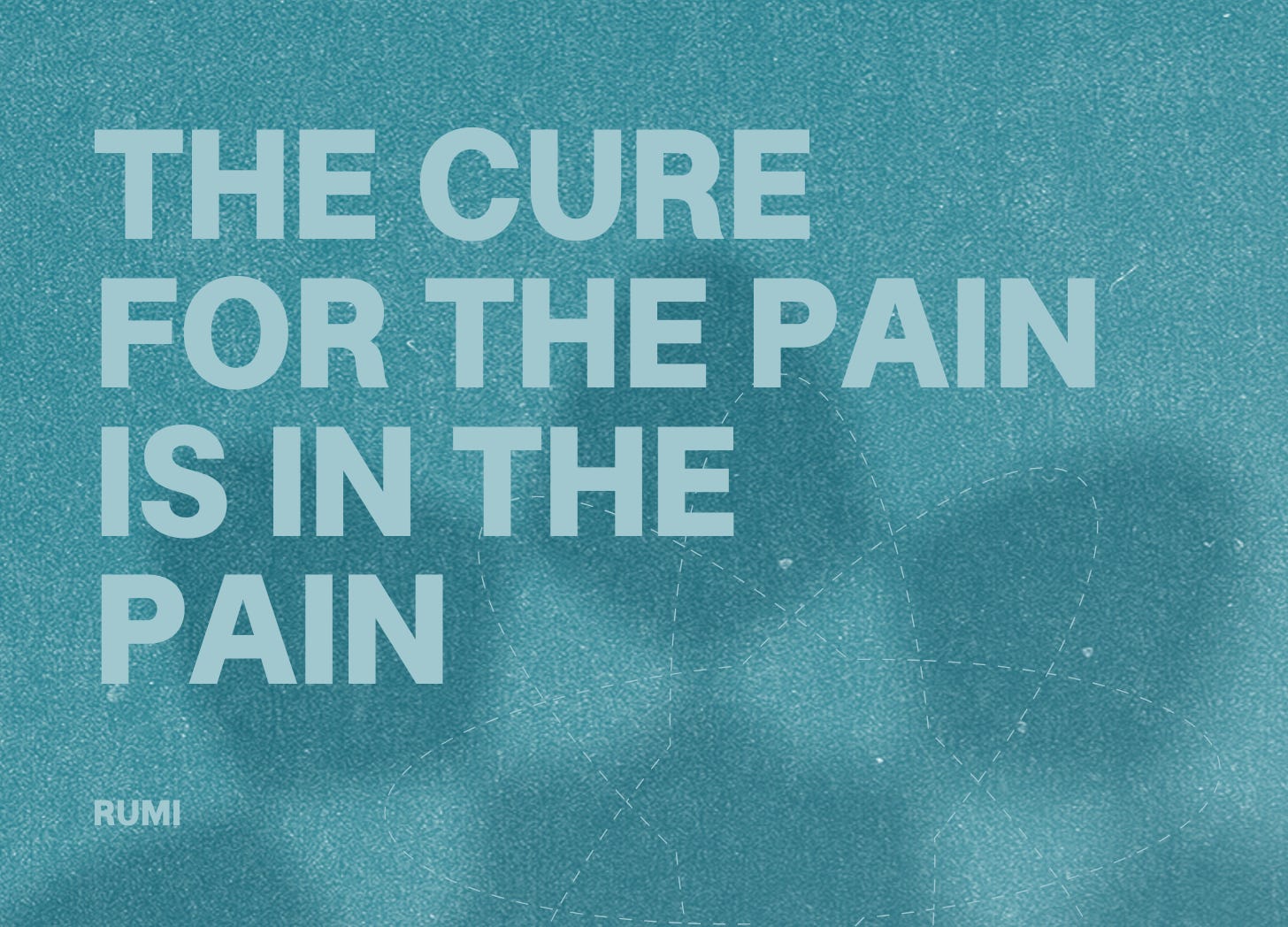
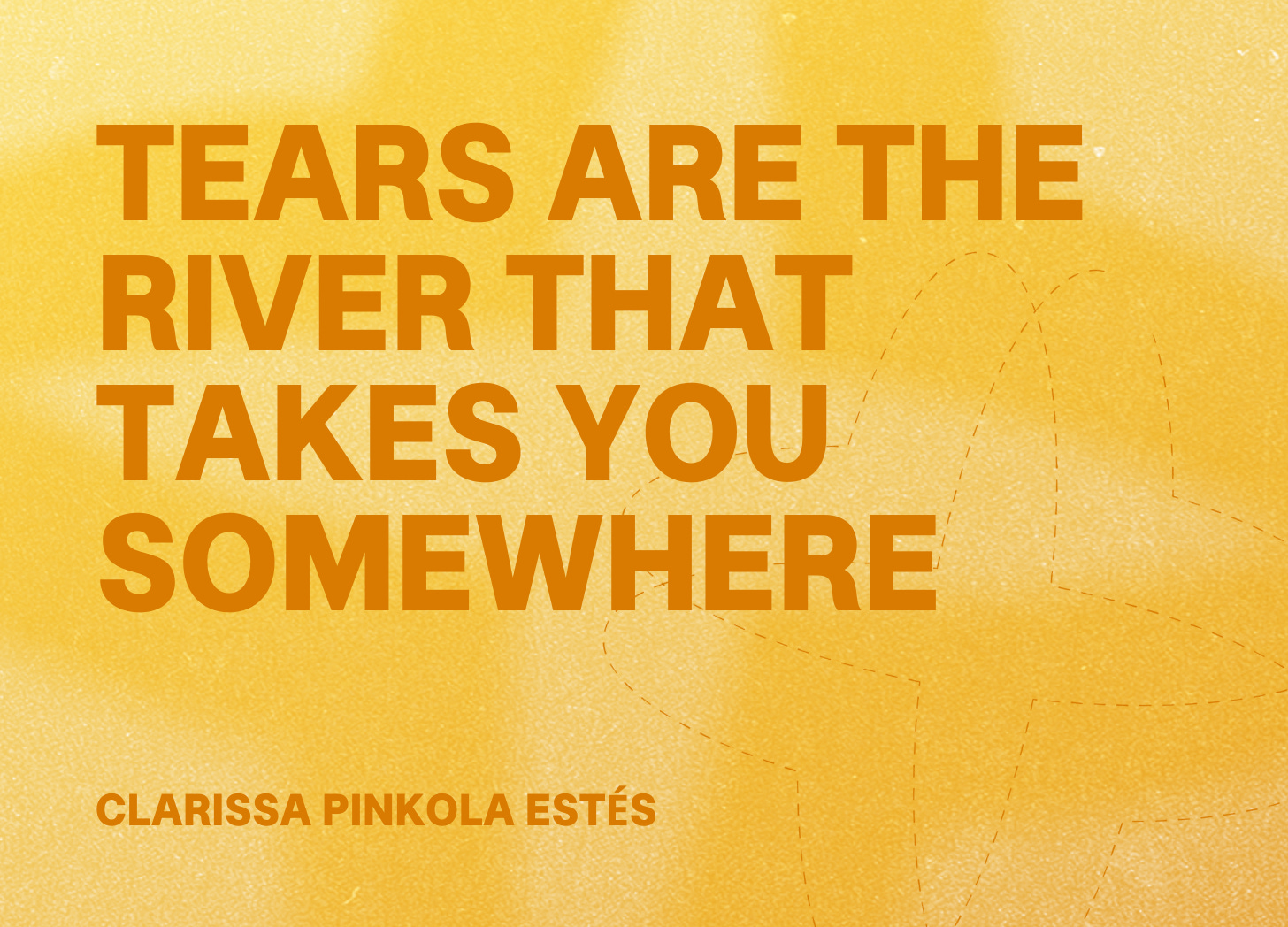
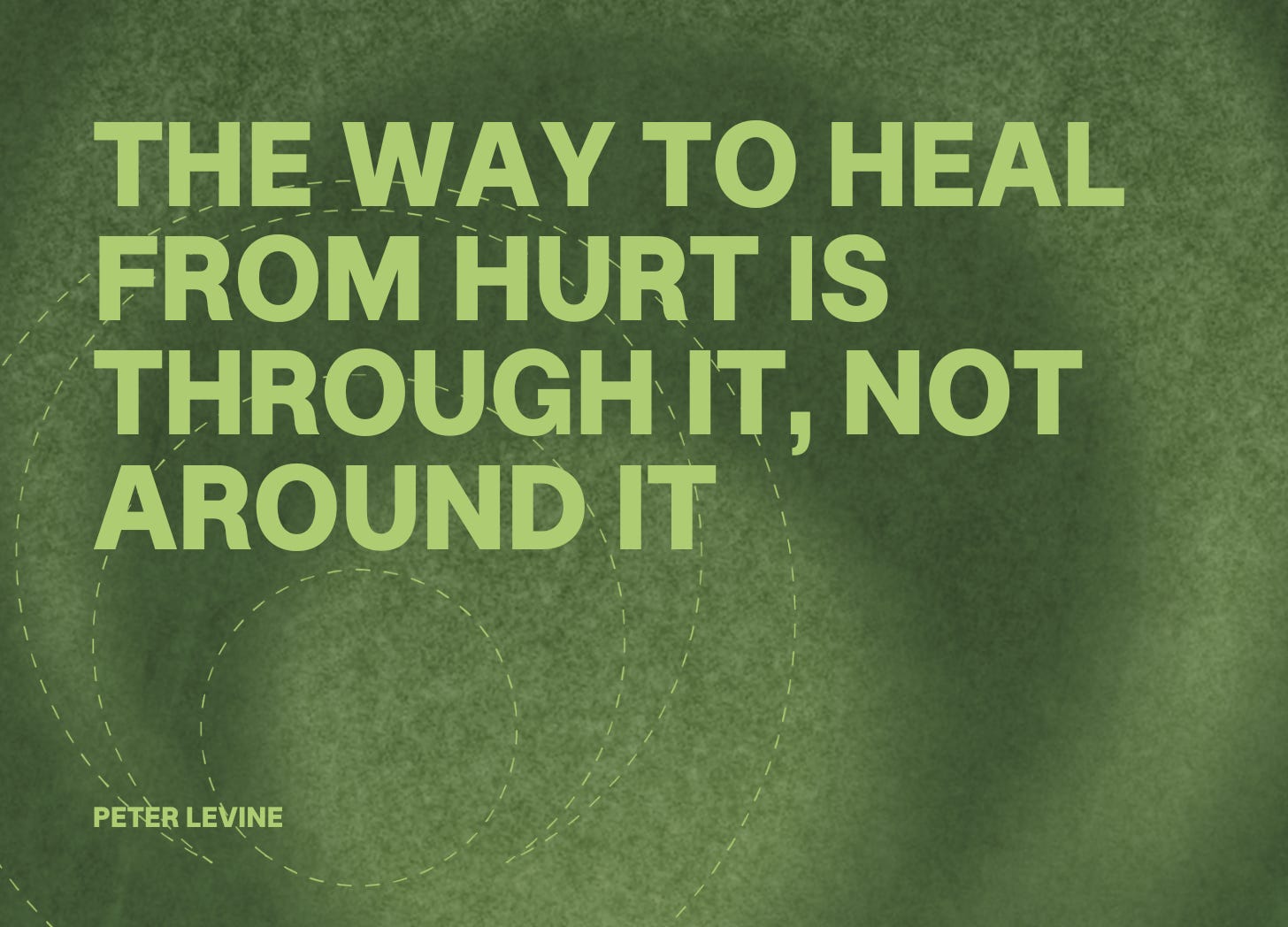
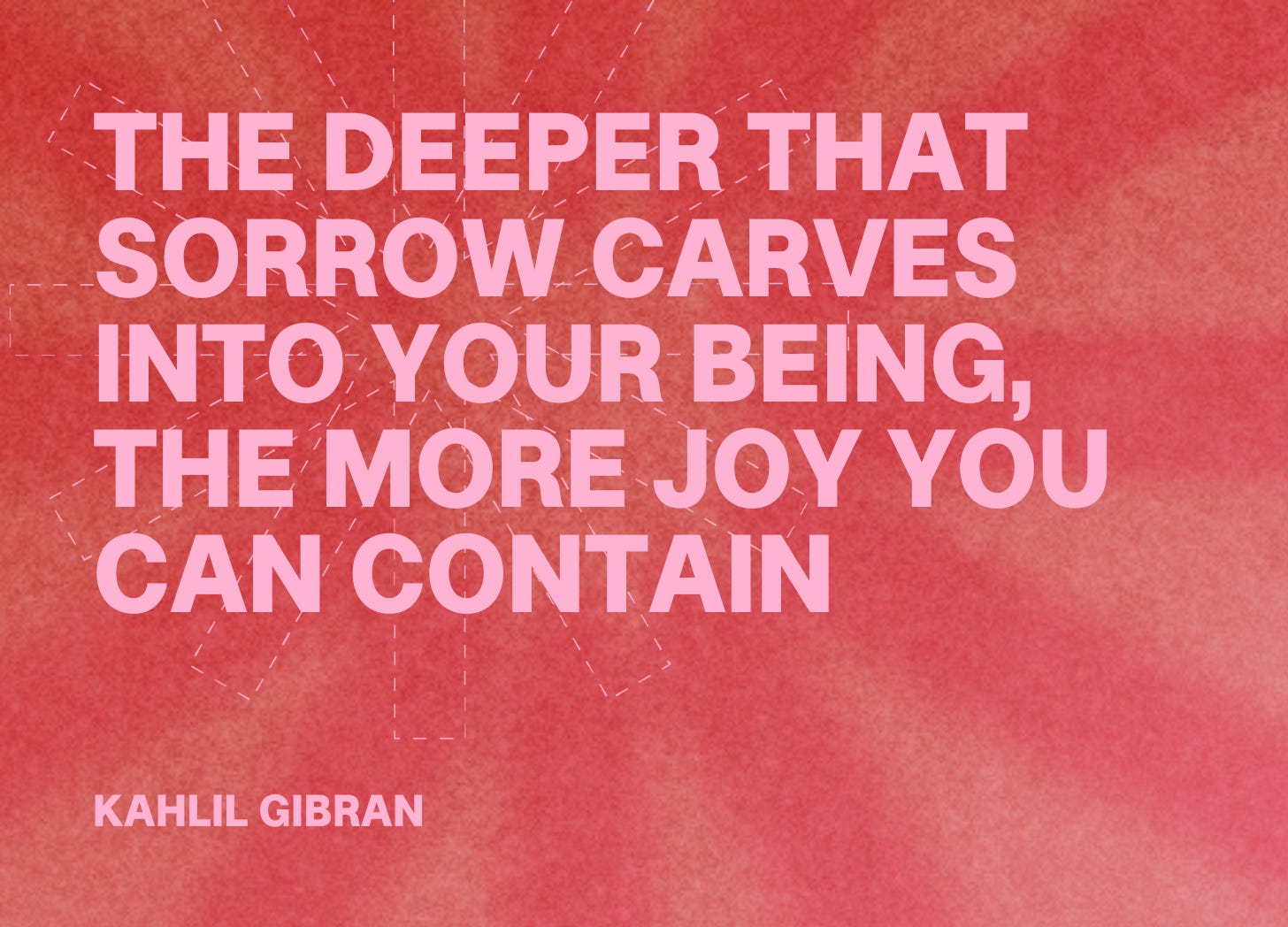
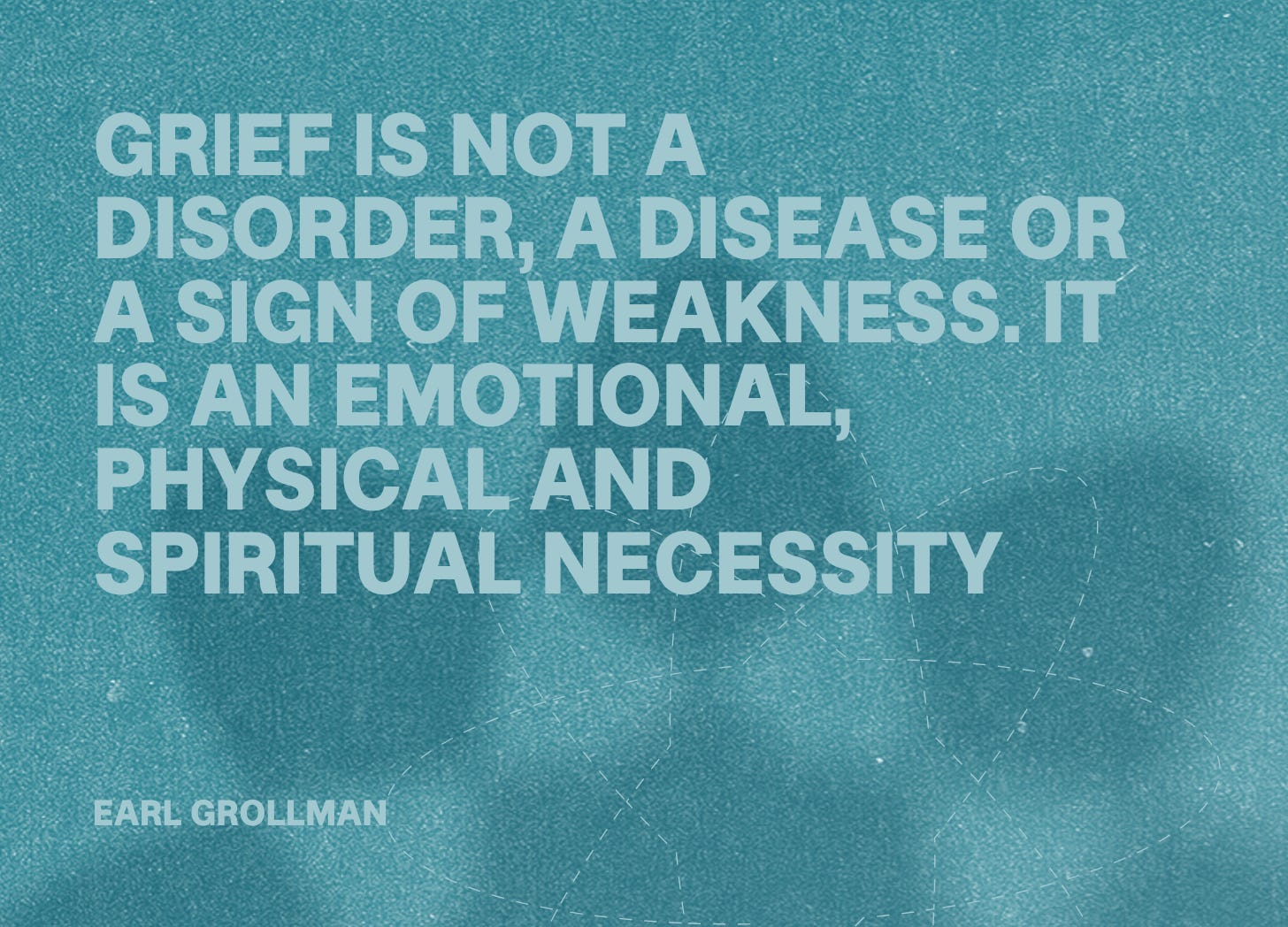
We recently lost a dear family friend in the most tragic way. When this happens, how do you grieve? When you begin to question the very fabric of your existence and nothing makes sense anymore, what do you do? Where do you turn for answers? Letting it out helps but it doesn't bring the person back. Are these events supposed to help you grow and find your own wisdom? I write this with a heavy heart but hope that I can find a way through.
Thank you Kai for opening our eyes and hearts to such valuable content. This is definitely not a "one and done" read 💙